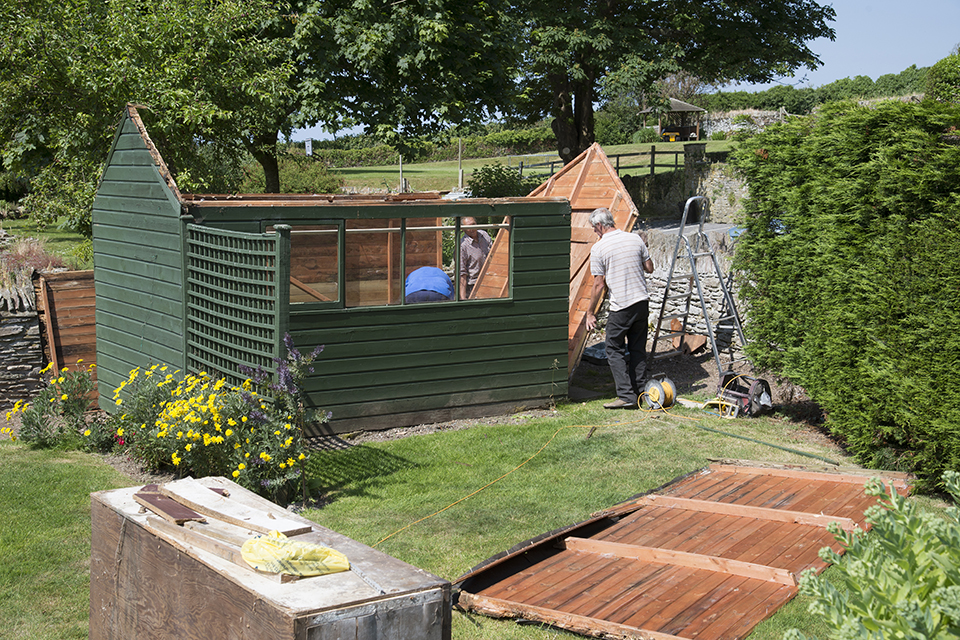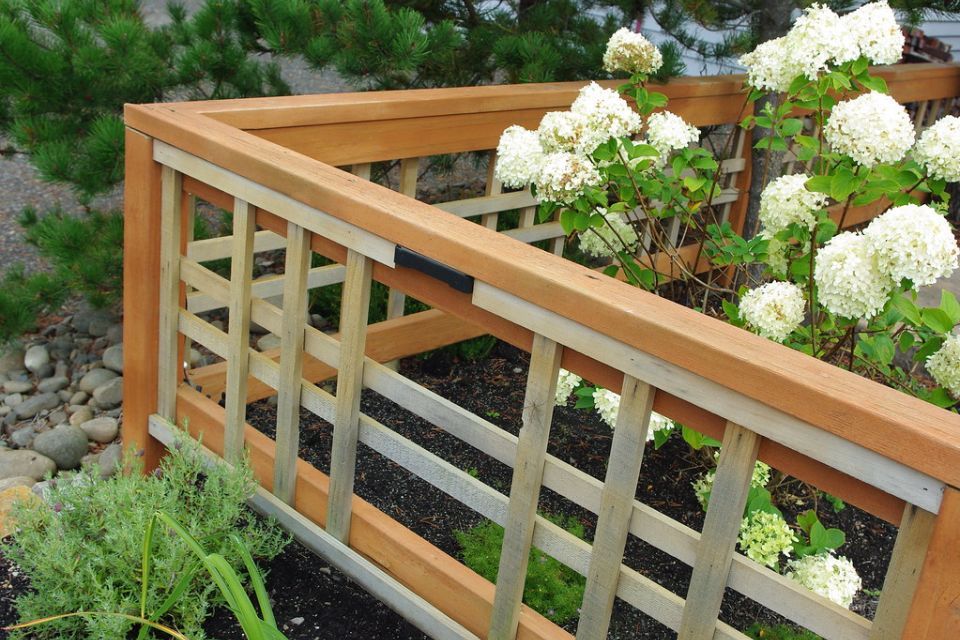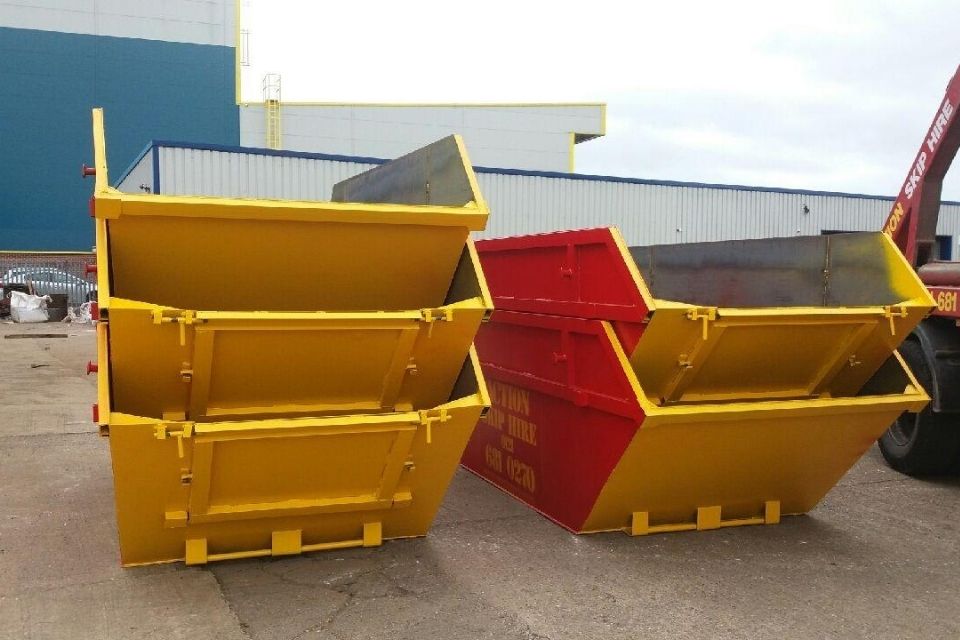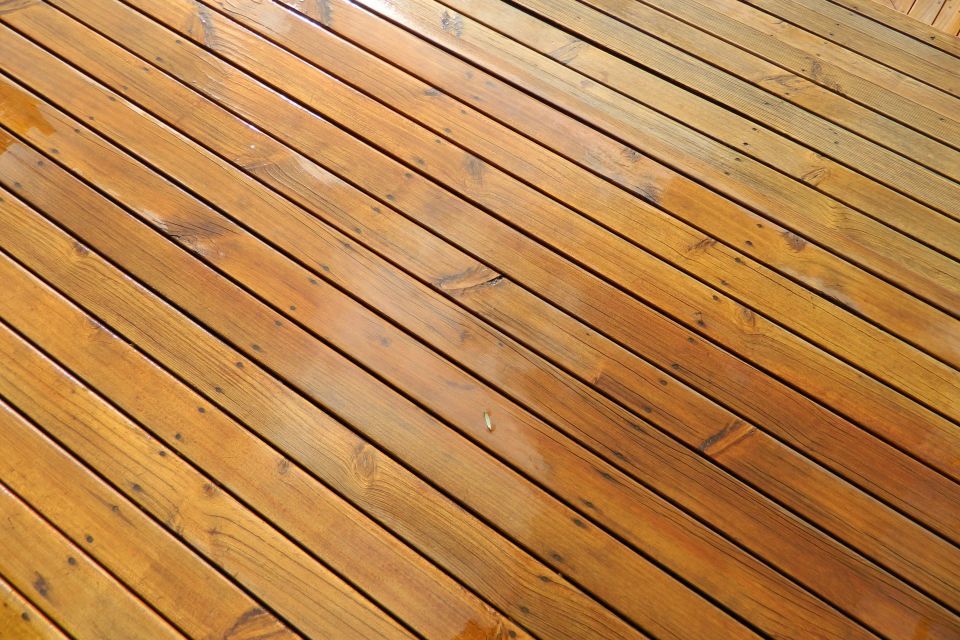How Much Does Shed Removal Cost?
Are you considering removing an old garden shed?
If so, you're probably wondering about the prices involved with this type of job.
In this article, we will go over everything you need to know about removing a garden shed, including the average costs of removing a garden shed, the supply cost of removing a shed, the labour costs involved with this type of work, and any additional costs that may come up with a garden shed demolition.
We will also go over the timescales you can expect with this type of work and the various types of shed removal.
Garden sheds are very common and can be a great asset to the garden as they're perfect for storing any garden items such as garden tools and lawnmowers.
Unfortunately, many people overlook their garden sheds and fail to maintain them, resulting in them quickly falling into disrepair. While it is possible to repair a garden shed, the only option is to completely remove and replace the shed as soon as the structural integrity is compromised.
If you leave your damaged garden shed for too long, it can become a breeding ground for mould, rot, and rust. If you have a very old shed, the roof may even be full of asbestos. This can be extremely dangerous and can cause significant health concerns if inhaled.
In some cases, you may simply want to remove a garden shed because you want to use the space for something else or simply increase the space in your garden. If you have other storage means, such as a garage or a lockbox, you may not have much use for your shed.
So, how much does it cost to remove a garden shed?
The total price you can expect to pay for a garden shed removal will depend on several factors, so it may be difficult to determine the exact cost.
Many different companies will also charge varying amounts for the same job. In general, the average cost to remove an old shed is around £150-£325.
If your old shed is filled with asbestos, this is going to be more expensive. You will have to hire a professional asbestos removal company to take care of this type of removal for you.
This is because it requires certain knowledge and skills to remove the asbestos safely. The average cost to remove an old shed with asbestos is around £300-£400.
Shed Removal Price List
The table below shows the various garden shed removal prices that you may need to budget for:
| Job Description | Average Cost |
|---|---|
| Shed dismantle and removal | £150-£325 |
| Shed roof removal and replacement | £80-£150 |
| Summerhouse removal | £500-£1000 |
| New shed purchase and installation | £600-£1500 |
| Asbestos shed removal | £300-£400 |
Supply Costs to Remove a Shed
When it comes to removing a garden shed, you won't need to worry about any supply costs unless you are removing your old garden shed to replace it with a new one.
If you are removing your old shed and replacing it with a new one, you can expect to pay around £500-£1500 for a new garden shed. Costs will vary depending on the size and type of new shed you want.

The only other consideration if you're removing the shed yourself is that you'll need to organise waste removal.
If you need to hire a company to remove your garden waste for you, then you can expect to pay around £15-£300 depending on the amount of waste that needs to be removed.
Alternatively, you may want to hire a skip for the waste removal. This will usually cost around £70-£400, depending on the size of the skip and the duration of the hire.
Labour Cost to Remove Old Shed
When it comes to a shed removal, there will be two main costs involved:
- Waste Removal
- Labour
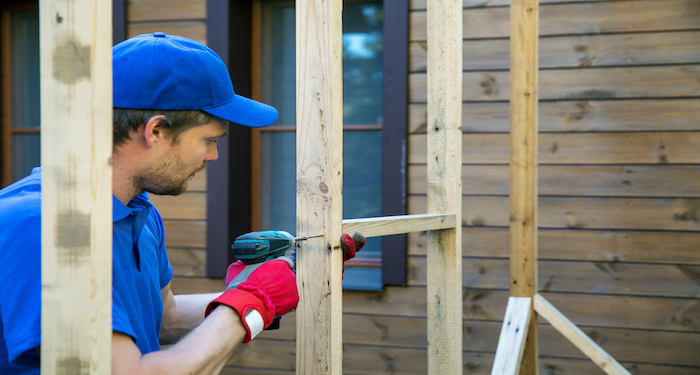
The majority of shed removal companies will charge a fixed rate for this service, which usually includes dismantling, loading, and clearing the shed from your property.
On average, you can expect to pay between £120 and £300 for this service, depending on various factors such as:
- Size of the Shed: Larger sheds require more time and effort to dismantle and remove.
- Type of Shed: Heavily built or reinforced sheds may require specialist tools or additional labour.
- Accessibility: If the shed is in a hard-to-reach area or if access to your property is limited, this may increase labour time and costs.
- Condition of Shed: Old, fragile, or unsafe structures may take longer to dismantle safely, impacting the overall cost.
Some tradesmen or contractors prefer to charge by the hour rather than offering a fixed rate. If this is the case, you can expect hourly rates to range from £15 to £30 per hour.
What Does the Labour Cost Cover?
Most shed removal quotes include:
- Dismantling of the shed
- Loading debris onto a van or truck
- Basic site clearing after removal
Make sure you confirm with your chosen tradesperson whether waste disposal fees are included in the quote, as some companies charge separately for waste removal.
How Long Does It Take to Remove a Shed?
If you are planning on getting a shed removed from your garden, you may be curious about the timescales that you can expect with this type of work.
There are several things that can affect the time it takes to remove a garden shed. These things can include the type of shed, the materials that the shed is constructed out of, the condition of the shed, the size of the shed, and the ease of access.
One way to help reduce the time needed is to clear access to the shed and remove any stored items beforehand.
You can expect a shed removal to take just 2-3 hours to complete most of the time. However, if the shed is filled with asbestos, this is a specialist job and will require a specialised type of removal.
Depending on the level of asbestos in the shed, this could add an additional few hours to the job.
FAQs
Q: Should you remove a shed with asbestos?
A: Asbestos is very dangerous if inhaled, and it can cause some serious diseases such as lung scarring, cancer, and other types of lung damage. This occurs whenever asbestos is tampered with, and the tiny fibres are released into the air.
Due to this, it's important to hire an expert to take care of your shed removal for you as this is the safest option.
Q: Can I sell an old shed?
A: If your shed is in good condition, you may not have to demolish the shed at all. You may be able to sell it, providing someone has the means to transport the shed from your property to the buyer's property.
In most cases, you will have to dismantle the shed if you want to sell it to make it easier to transport.
Q: Can I remove a shed myself?
A: It is possible to complete a shed removal as a DIY job. However, it is not at all easy. Shed materials can be heavy and large, so it would be a difficult job for anyone who isn't physically strong.
Plus, the garden shed removal could be extremely dangerous if asbestos is present somewhere in it, such as in the roof. Even if you do manage to dismantle the shed yourself, you'll be left with a large pile of materials to dispose of.
Q: What type of garden shed lasts the longest?
A: A high-quality shed that is constructed of metal is probably the best option if you are looking for a shed that lasts for a long time.
Q: How big can a new shed be without planning permission?
A: If you want to avoid planning permission, a shed needs to be just one storey high with the eave height no greater than two and a half metres for a flat roof, four metres for a dual pitched roof, and three metres for any other type of shed roof.
Q: How can I secure a shed?
A: There are many different ways to secure a shed, including improving and upgrading the lock and replacing the door hinge. You could also much further improve the security of your shed by adding an alarm system to it.

